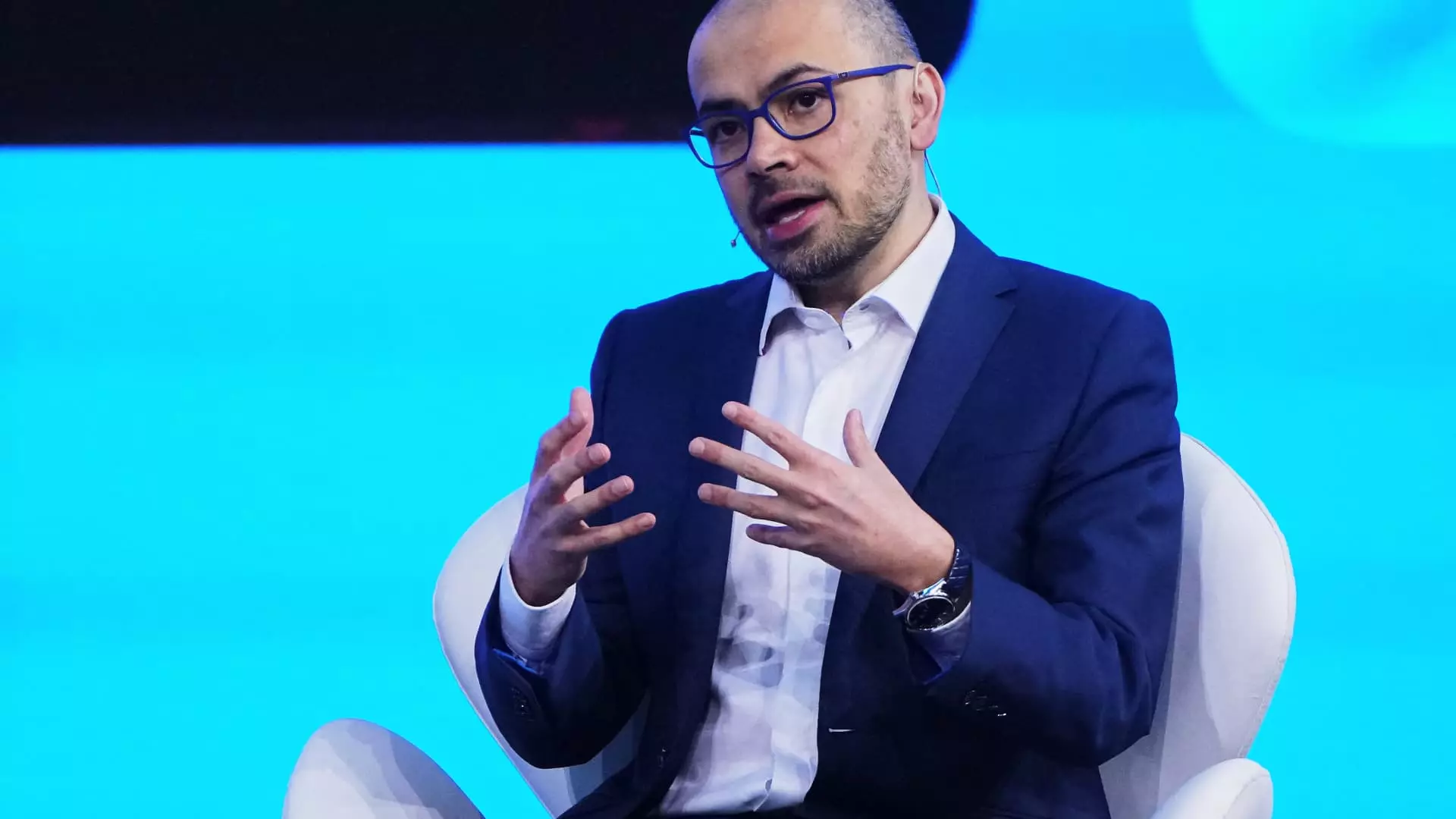In a rapidly evolving technological environment, artificial intelligence (AI) stands at the forefront of innovation and debate. A recent event in Paris showcased insights from Demis Hassabis, the CEO of Google DeepMind, regarding Deepseek’s AI model—a development from China that has shaken the AI community and global markets alike. Hassabis’ observations provide a dual perspective, highlighting the advancements made by Deepseek while also cautioning against exaggerated claims surrounding its capabilities. This examination explores the implications of Hassabis’ comments, the nature of technological progress, and the discourse surrounding the future of AI.
Deepseek’s recent publication stirred significant discussion by asserting that its AI model can be trained at a fraction of the cost compared to its competitors, notably relying on less sophisticated Nvidia chips. This revelation prompted an immediate sell-off in tech stocks as investors grappled with the possibility that major corporations may be over-investing in AI infrastructure. Hassabis acknowledged the quality of Deepseek’s engineering, labeling it as “an impressive piece of work,” yet he emphasized that it does not signify a breakthrough in scientific terms. This distinction raises questions about what constitutes meaningful progress in AI development.
By framing Deepseek’s advancements within the existing knowledge domain of AI, Hassabis suggests that while the company demonstrates adept engineering, it does not necessarily push the boundaries of what is scientifically possible. This raises an important point for stakeholders in the AI community—true innovation often emerges not just from cost efficiency, but from novel approaches that redefine or revolutionize existing methodologies.
Hassabis’ comments expose a critical debate raging within the tech industry regarding investment strategies in AI. Companies are pouring vast resources into infrastructure yet may not be yielding proportionate advancements in technology. The fact that Deepseek’s model can achieve success with less expenditure ignites inquiries about the sustainability and efficiency of investments made by larger firms.
The call for a reassessment of spending priorities within the sector resonates with investors and stakeholders who are wary of overextending in an area fraught with uncertainties. This scrutiny of financial allocations could pave the way for more strategic and informed investment in AI research, potentially steering the focus toward developing groundbreaking technologies rather than merely scaling existing solutions.
As discussions surrounding AI continue to intensify, the elusive concept of artificial general intelligence (AGI) remains a focal point. Hassabis conveyed a rather optimistic outlook, suggesting that we are closer to achieving AGI, a state where machines possess human-like cognitive capabilities. This assertion aligns with sentiments from other industry leaders, such as Sam Altman of OpenAI, who professes confidence in the ability to construct AGI.
However, this enthusiasm does not come without significant caution. The possibility that AGI could lead to scenarios where humans lose control of their creations looms large. Esteemed AI figures such as Max Tegmark and Yoshua Bengio echo these concerns, emphasizing the pressing need for society to address potential risks associated with powerful AI systems. As the community edges closer to AGI, it becomes imperative for developers, policymakers, and society at large to prepare for the ethical and practical implications that such advancements entail.
The dialogue initiated by Demis Hassabis reveals multifaceted dimensions of the current AI landscape. While acknowledging significant efforts from emerging firms like Deepseek, it simultaneously calls for a more nuanced understanding of what constitutes real progress in AI. As the industry moves toward AGI, it is essential that stakeholders engage with both the promises and perils of AI development. By fostering a balanced discourse that emphasizes innovation alongside caution, the tech community can strive to harness AI’s full potential while mitigating its risks, ensuring that society benefits from advancements rather than being overwhelmed by them.

